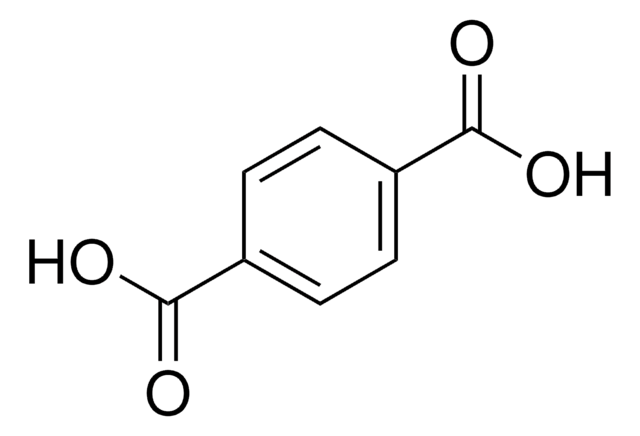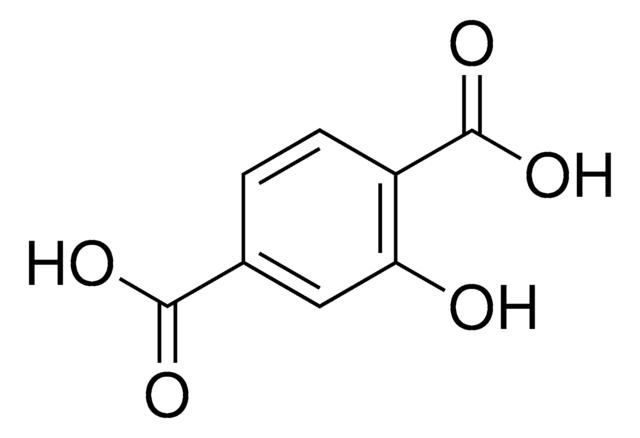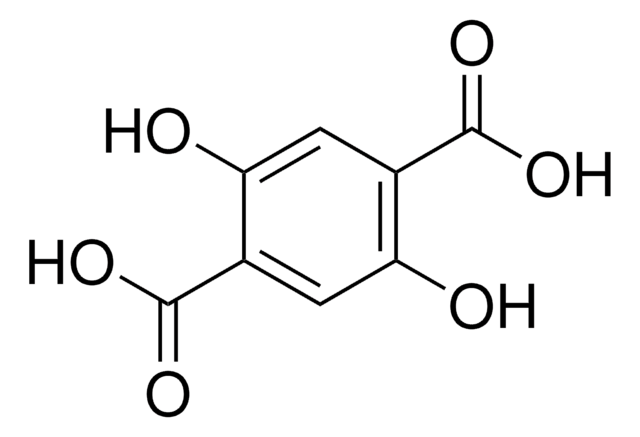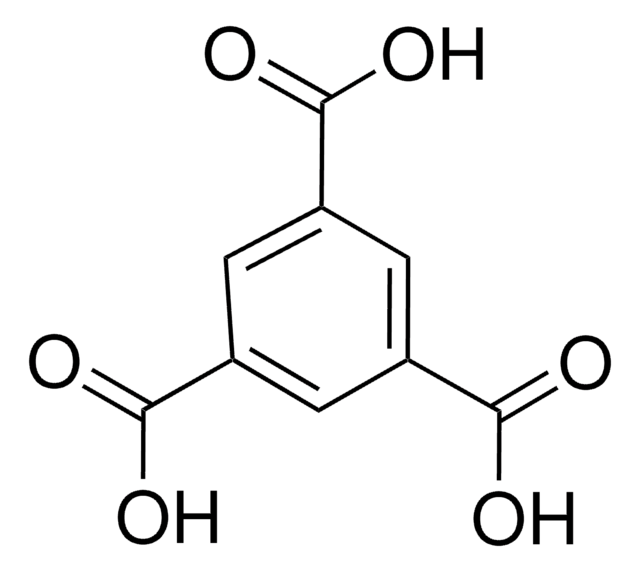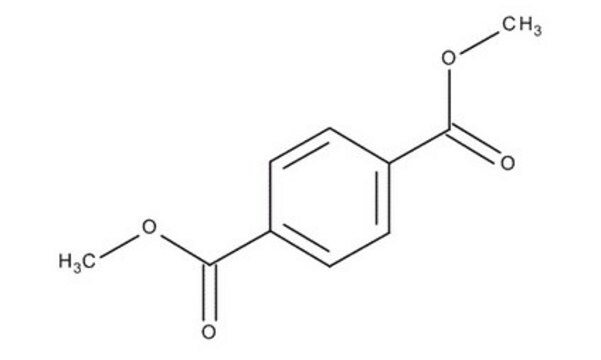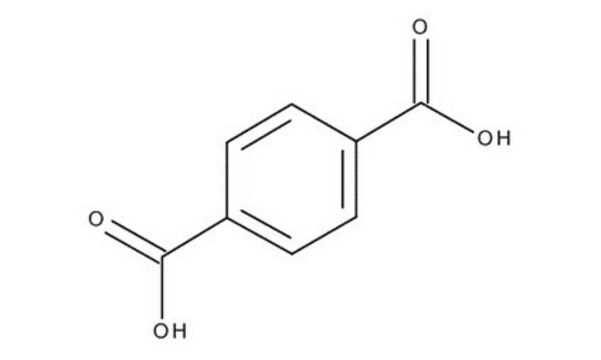465151
Bis(2-hydroxyethyl)terephthalat
Synonym(e):
Bis(β-hydroxyethyl) terephthalate, Bis(2-hydroxyethyl) terephthalate, Bis(ethylene glycol) terephthalate, Bis(hydroxyethyl) terephthalate, Terephthalic acid diethylene glycol ester
About This Item
Empfohlene Produkte
Form
solid
Qualitätsniveau
mp (Schmelzpunkt)
106-109 °C (lit.)
SMILES String
OCCOC(=O)c1ccc(cc1)C(=O)OCCO
InChI
1S/C12H14O6/c13-5-7-17-11(15)9-1-2-10(4-3-9)12(16)18-8-6-14/h1-4,13-14H,5-8H2
InChIKey
QPKOBORKPHRBPS-UHFFFAOYSA-N
Verwandte Kategorien
Allgemeine Beschreibung
Anwendung
Lagerklassenschlüssel
11 - Combustible Solids
WGK
WGK 3
Flammpunkt (°F)
Not applicable
Flammpunkt (°C)
Not applicable
Persönliche Schutzausrüstung
Eyeshields, Gloves, type N95 (US)
Hier finden Sie alle aktuellen Versionen:
Besitzen Sie dieses Produkt bereits?
In der Dokumentenbibliothek finden Sie die Dokumentation zu den Produkten, die Sie kürzlich erworben haben.
Kunden haben sich ebenfalls angesehen
Unser Team von Wissenschaftlern verfügt über Erfahrung in allen Forschungsbereichen einschließlich Life Science, Materialwissenschaften, chemischer Synthese, Chromatographie, Analytik und vielen mehr..
Setzen Sie sich mit dem technischen Dienst in Verbindung.